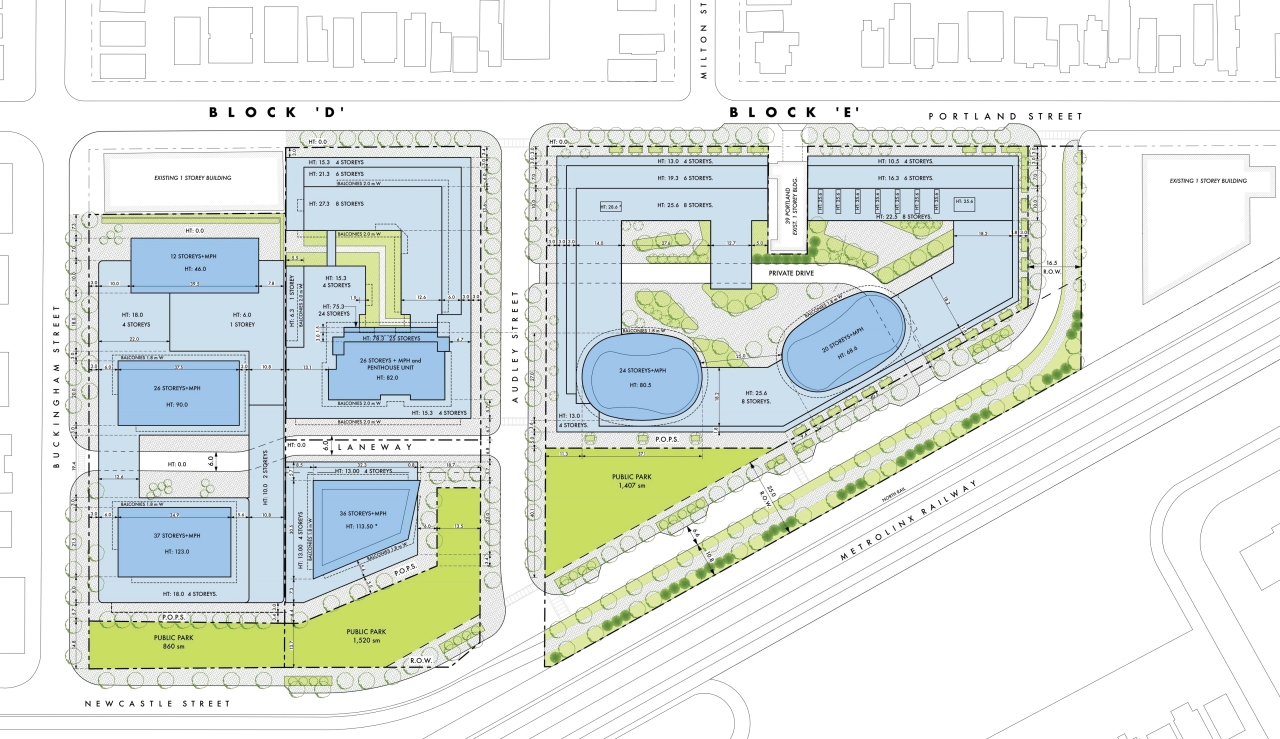Skeezix
Senior Member
I'm sorry I wasn't clear - I wasn't expecting you to run out and do legal research. None of what you posted above allows the City to pass the by-law you are proposing. A notice of intention to designate under the Ontario Heritage Act would render any demolition permit void, but the Act first requires that the Toronto Preservation Board be consulted and that City Council issue the notice. Under Chapter 103 of the Toronto Municipal Code, staff have delegated authority to issue the notice in some circumstances, but only where the property has already been listed (the Act provides for a delay of up to 60 days where the property is listed). This building wasn't even listed, let along designated.
My recollection is that there is a hole in the legislation, and that the City can be caught with its pants down when it comes to non-residential buildings. Fixing the problem is not as simple as the City passing a by-law, I don't think.
My recollection is that there is a hole in the legislation, and that the City can be caught with its pants down when it comes to non-residential buildings. Fixing the problem is not as simple as the City passing a by-law, I don't think.
Last edited:



